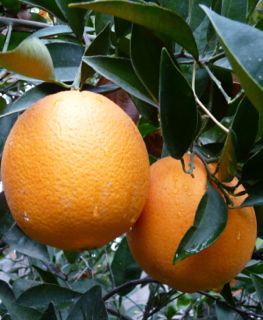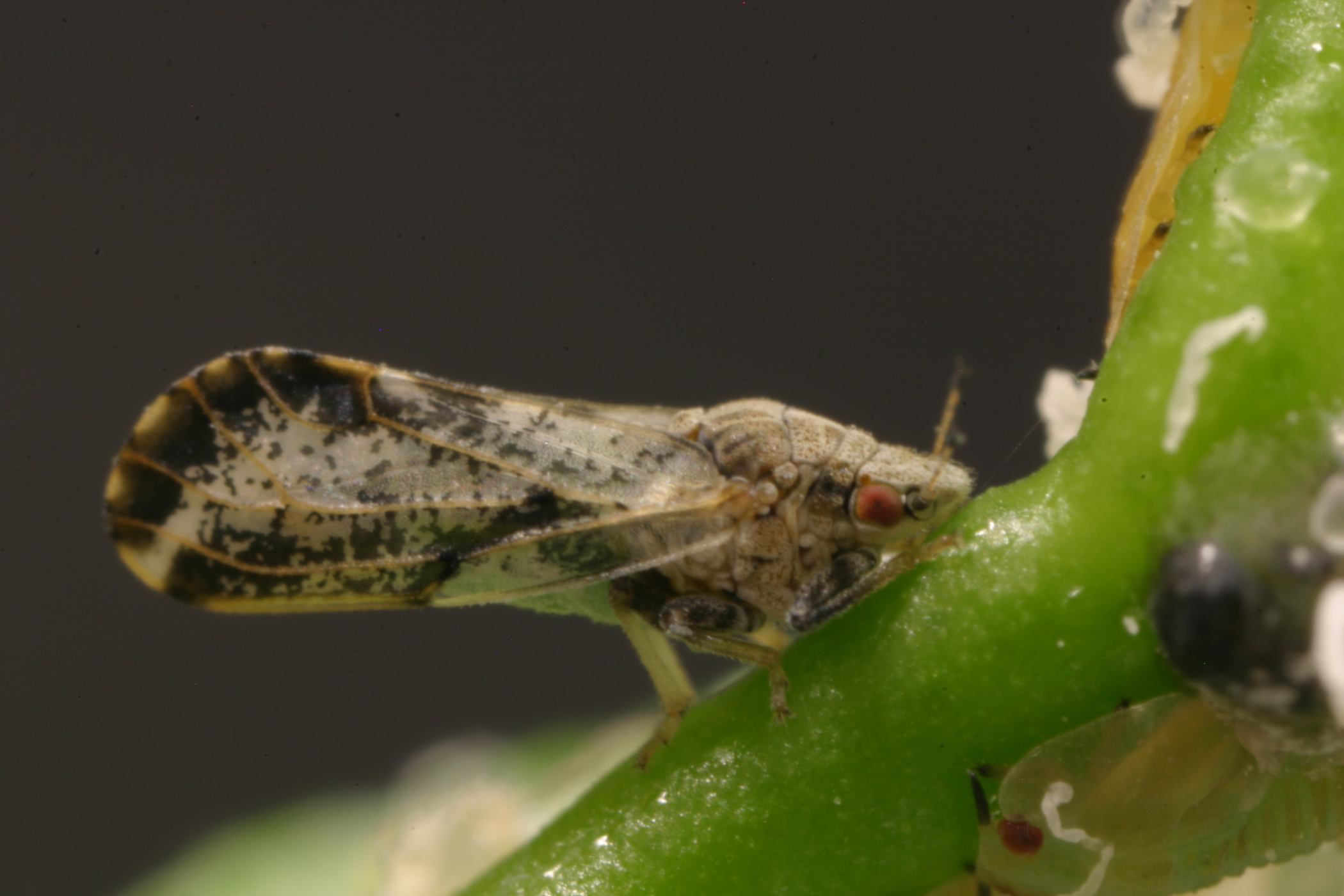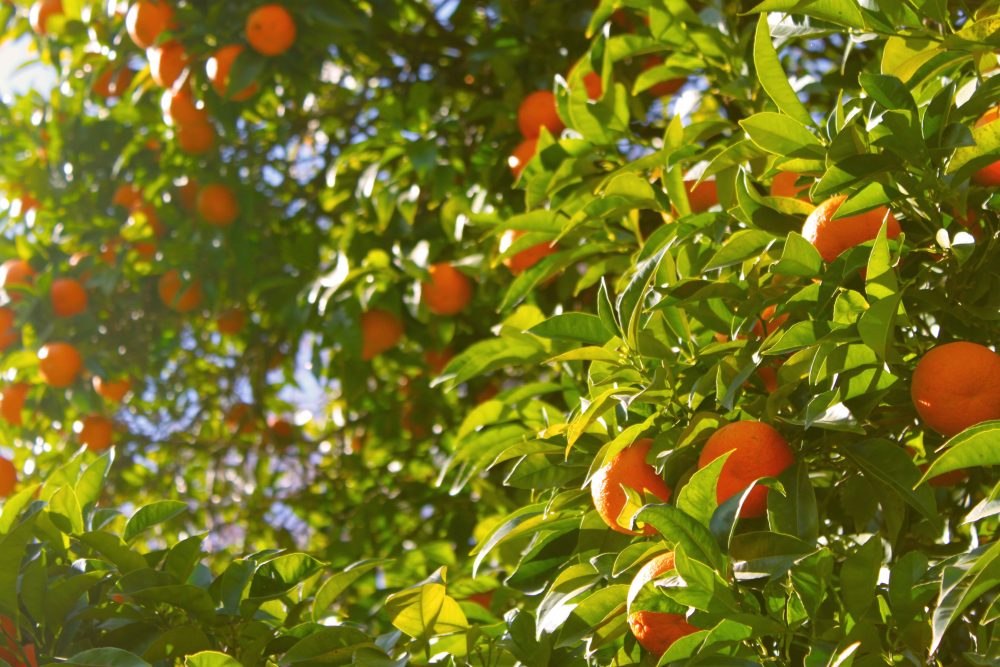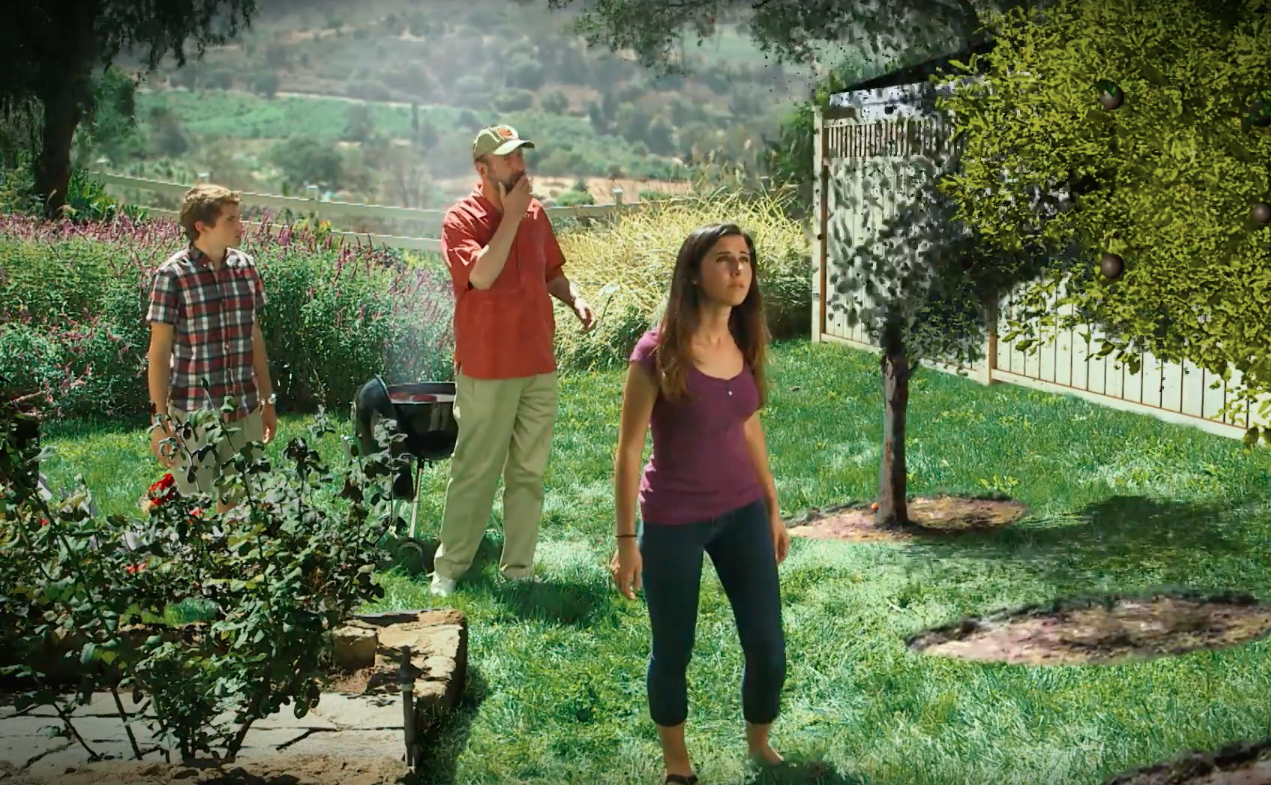San Bernardino County HLB Quarantine Boundaries May Expand
CDFA Proposes Expansion of HLB Quarantine Boundaries for San Bernardino County
Effective January 6, 2020, the Department is expanding the San Bernardino County Quarantine Boundary. A map of the proposed boundary can be found at https://www.cdfa.ca.gov/plant/hlb/regulation.html#maps.
Regulated articles and conditions for intrastate movement under the quarantine can be found at Title 3 California Code of Regulations (CCR) section 3439. Pursuant to Title 3 CCR section 3439 any interested party or local entity may appeal a quarantine area designation.
Additionally effective January 6, 2020, the Department is expanding the ACP Bulk Citrus Regional Quarantine Zone 6 boundary in the San Bernardino County, Montclair area to mirror the recent expansion of the HLB quarantine area. A map of the proposed boundary can be found at: www.cdfa.ca.gov/plant/go/acp-quarantine#maps
Regulated articles and conditions for intrastate movement under the quarantine can be found at Title 3 California Code of Regulations (CCR) section 3435. Pursuant to Title 3 CCR section 3435, any interested party or local entity may appeal a quarantine area designation.
Process to Appeal the Proposed Expanded/Changed Boundary
The appeal must be submitted to the Department in writing and supported by clear and convincing evidence. The appeal must be filed no later than ten (10) working days from the date of this notification. During the pending of the appeal, the designated Quarantine Boundary under appeal shall remain in effect.
Mail Appeals to:
CDFA – Pest Exclusion
1220 N Street
Sacramento, CA 95814

























